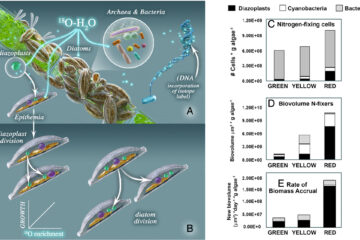Effects of harvest frequency and biosolids application on switchgrass yield, feedstock quality, and theoretical ethanol yield
Sustainable development of a bioenergy industry will require low-cost, high-yielding biomass feedstock of desirable quality. Switchgrass (Panicum virgatum L.) is one of the primary feedstock candidates in North America, but the potential to grow this biomass crop using fertility from biosolids has not been fully explored. The objective of this study was to examine the effects of harvest frequency and biosolids application on switchgrass in Virginia, USA. ‘Cave-in-Rock’ switchgrass from well-established plots was cut once (November) or twice (July and November) per year between 2010 and 2012. Class A biosolids were applied once at rates of 0, 153, 306, and 459 kg N ha−1 in May 2010. Biomass yield, neutral and acid detergent fiber, cellulose, hemicellulose, lignin, and ash were determined. Theoretical ethanol potential (TEP, l ethanol Mg−1 biomass) and yield (TEY, l ethanol ha−1) were calculated based on cellulose and hemicellulose concentrations. Cutting twice per season produced greater biomass yields than one cutting (11.7 vs. 9.8 Mg ha−1) in 2011, but no differences were observed in other years. Cutting once produced feedstock with greater TEP (478 vs. 438 l Mg−1), but no differences in TEY between cutting frequencies. Biosolids applied at 153, 306, and 459 kg N ha−1 increased biomass yields by 25%, 37%, and 46%, and TEY by 25%, 34%, and 42%, respectively. Biosolids had inconsistent effects on feedstock quality and TEP. A single, end-of-season harvest likely will be preferred based on apparent advantages in feedstock quality. Biosolids can serve as an effective alternative to N fertilizer in switchgrass-to-energy systems.


